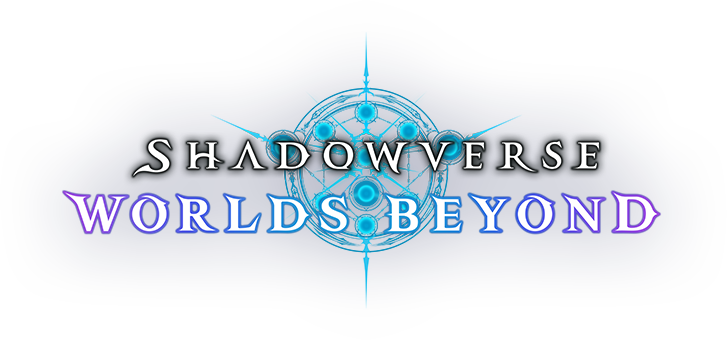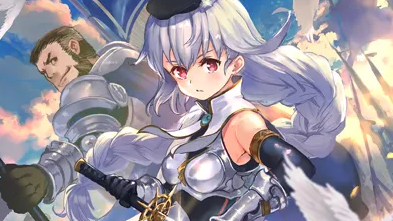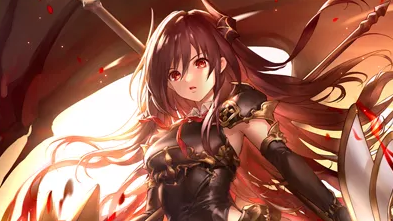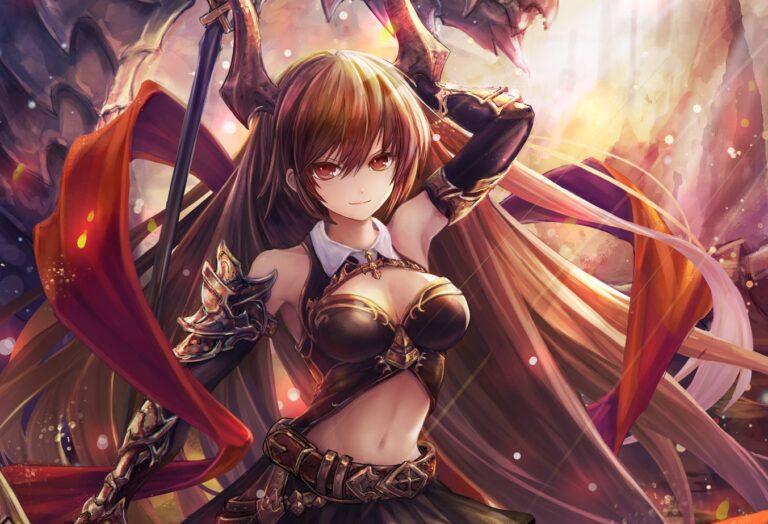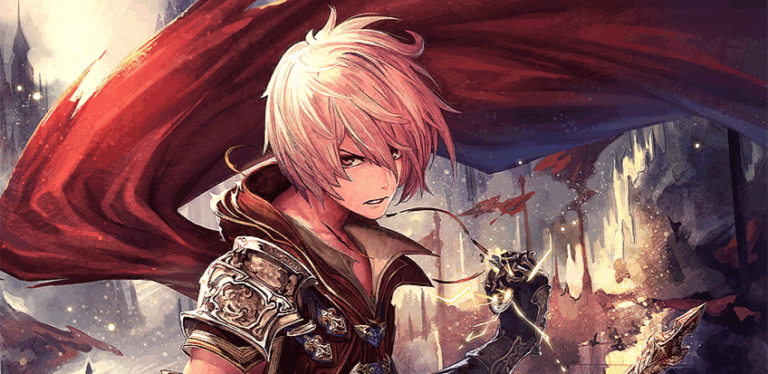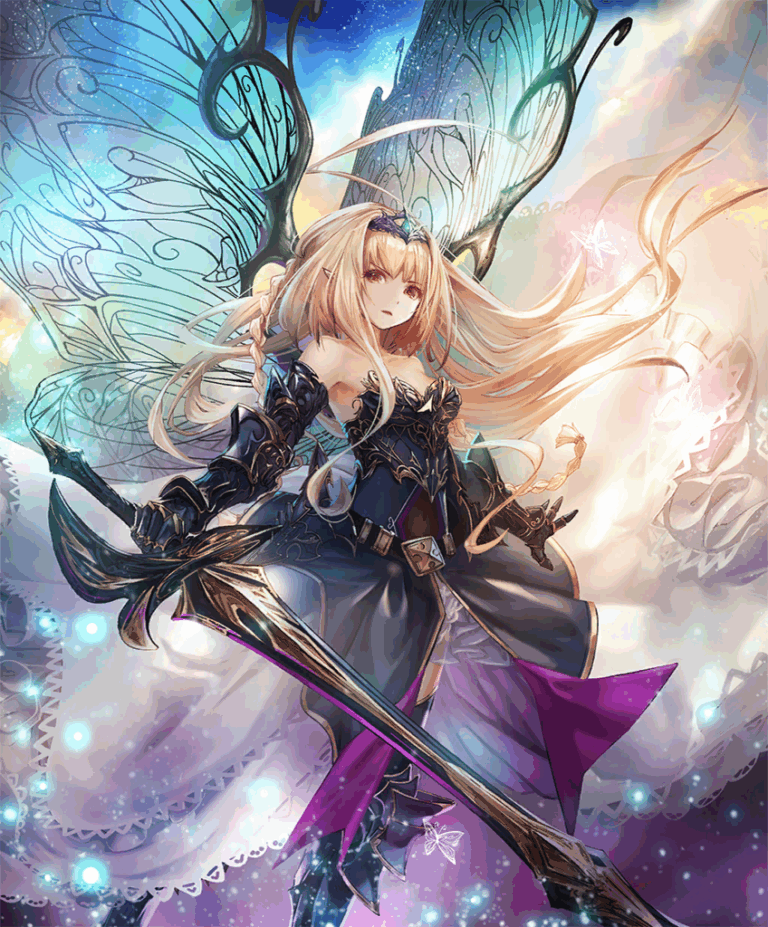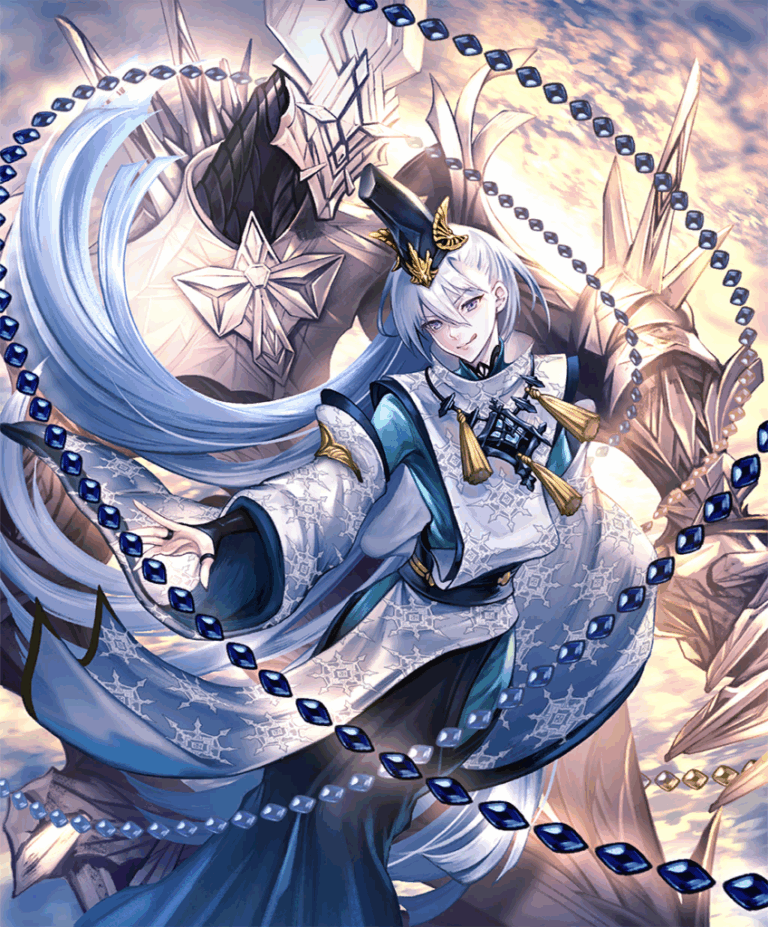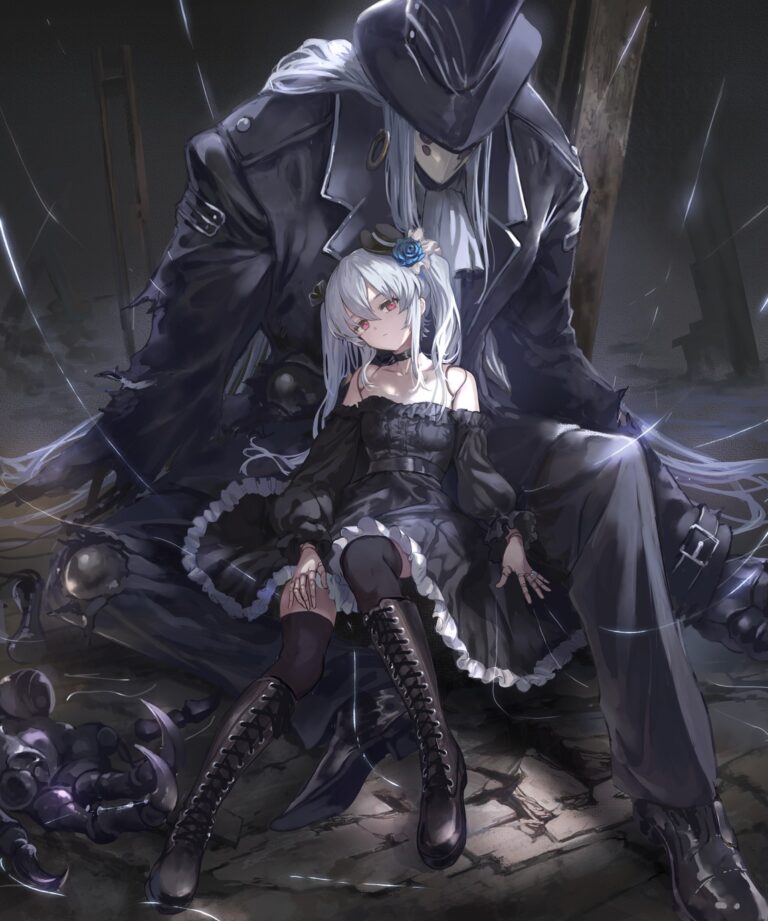Contents
Early on, Swordcraft emerged as the simple class to pick up and quickly get results with. The early builds were not perfect, but more than enough to force the rest of the metagame to take note, and start running 10102110 as a counter card.
Against better prepared opponents, Swordcraft loses a bit of momentum, especially if the deck is more leaning towards its aggressive strategy. However, it can also adapt to a more midrange list that is much more difficult to run out of gas.
Now, both the Aggro and the Midrange builds can coexist, making Swordcraft a well-rounded class, able to climb at all ranks. Considering the relatively small pool of cards we have available, the differences from one list to another aren't huge, but they may make a big difference depending on who your most popular opponents are
In this guide, we'll take a look at each list, explain their strengths, weaknesses, and differences. I believe understanding what makes each list special, and being able to switch from one another, is what allowed Swordcraft to be a menace once again.
Swordcraft Aggro
Mount pressure through summoning many small units early on, buff them with 10123130 and 10122310. If the board sticks, cash in the damage. If the opponent could limit our progression, we have 10122120 to refill the board, and 10124120 to grant barrier for extra survivability.
Once we reached the target a couple of times, reducing opposing defenses around 8 to 10 health, we call in the finishers. 10124110 represents one on its own, while 10021110 and 10121140 pair extremely well with 10104110.
If some Ward or just a follower we can't afford to leave on the board would arise, we have 10103110 or 10123120 ready for the job.
Swordcraft aggro has two targets to Evolve, 10123130 and 10103110, while 10104110 and 10124120 want our Super-Evolve. These tend to dictate our use of each mechanic. Keep in mind, you can also evolve just for the sake of pushing damage, which can be a ton of pressure against an opponent already struggling to keep up with your development.
Overall, this deck relies on a fairly simple game plan, which is exactly why it worked so well early on. Anyone will be quick to understand the basics of this strategy, and we put the opponent in charge of finding how to contain us.
Unfortunately, players now know how to contain this deck, so Swordcraft had to mix it up a little, and evolve from pure aggro to a more balanced strategy.
Swordcraft Midrange
If we compared both decks from a raw power standpoint, the aggro build would easily win in my opinion. However, card games tend to be about relative power, meaning our deck needs to be suited for the opponents it will battle against. Adapting to those foes is how this midrange, more late game heavy Swordcraft list came to birth.
At first glance, we can already notice the larger amount of high-cost cards, on top of extra removal as well. 10123110 and 10123140 have replaced the cheap finishers, while 10121150 and 10102110 joined the removal team.
Evolve wise, this build has pretty much the same targets as the Aggro deck, with 10102110 representing the only new evolve ability. The main difference with the faster deck is the way we will use those evolves. Indeed, while the Aggro Swordcraft deck will typically focus on bringing pressure or supporting an established board, this Midrange deck is fine playing defense until the big cards can take over.
Obviously, this deck won't ever finish a game on turn five or six on the back of an unanswered early board. However, if the opponent were to play defensive, because that is what most players do when they see a Swordcraft, they are setting themselves up for failure, as running this deck out of gas is mission impossible. Indeed, the moment you expect an Aggro Swordcraft to start struggling to keep up, the midrange deck starts playing bombs after bombs.
The key with this deck is to adapt your play to the flow of the game, and your leader's defense.
If you are high on health, safe from any possible finishing maneuver, keeping the board under control and asking your opponent to keep removing large followers is a great position. Indeed, unlike the Aggro deck, your average draw is much more powerful, meaning you can keep presenting threats for much longer.
However, unless you have 10123140 to summon multiple wards, you will have to switch to a more aggressive mindset if you lost some health early, and fear your opponent could target your leader once in the late game.
To be fair, most of the top tier decks have that ability. Runecraft with 10134110, Portalcraft with 10174120 or Forestcraft with 10113140.
Playing Swordcraft Midrange - Tips and Strategy
Leverage your opponent's perspective
There is a big difference between playing defense, and turning the board around to pressure your opponent back. A lot of the time, someone feels safe if they manage to clear a Swordcraft board, as they reduced the threat level to the minimum.
First, we can develop the following turn if they didn't give us any follower to worry about, presenting a new threat for them to deal with. Then, that threat is one play point stronger than the one they just had to deal with.
This principle is the foundation of the midrange build, and its biggest strength. We have cards to deal a large chunk of direct damages in 10124110, we can deal with our opponent's mid-game cards through 10123110, last we also can generate a board with 10123140 only.
As long as we have initiative, and enough health to force our opponent to keep the fight on the board, the game is on the right rails.
Know your limits
Eventually, there will be cards we don't really want to deal with, so don't think we are playing an attrition deck. For example, a Runecraft deck could develop too much thanks to 10134310 basically giving them a second turn. Still, our comfort zone ranges from turn 4-5 up to 7-8, with 10124110 acting as the 9-cost finisher through its enhance ability. That midgame portion of the game is when this deck shines the brightest. Plus, 20 damage can be dealt extremely fast as soon as the opponent fails to answer one of our boards.
Knowing this, we want to build our board more than deal damage in the first three to four turns, and start shifting to a more aggressive mindset as we progress through the mid-game. The stronger we anticipate our opponent to be in the late game, for example Portalcraft playing 10174130 to create an entire board, the earlier we want to make that shift.
Get your opponent in lethal range
Swordcraft Aggro has multiple cards able to close the deal, which means there isn't a precise number we want to get the opposing leader at. The midrange deck however, have fewer finishers meaning we can be more precise with our lethal prep.
10124110 is six damage with no evolve, 10 with the basic evolve, and 12 with the Super-Evolve. We can also consider 7, which is Super-Evolve but one hit was used to remove a ward follower on the way.
10021130 is easier to plan for. 7 as a base, 9 with an evolve, 10 with a Super-Evolve.
This means dealing just 50% of your opponent's total defenses during the course of the match is enough to get them in range from turn eight and on. Once you have them there, dealing extra damage to their leader only helps if you have another way to close the deal. Otherwise, protecting your board, and making it as hard as possible to deal with actually improves your lethal setup more than dealing a couple of extra damage.
Which Swordcraft Build Should You Run?
The starting point is the aggro deck in my opinion. Not necessarily because of its strength, rather due to that build being closer to what likely attracted you to Swordcraft in the first place. Plus, that deck tends to retain more of its upsides when played with a limited collection. The midrange deck is also quite budget friendly, but tends to lean on the big cards more, so missing 10124120 or 10104110 probably will have a bigger impact.
You don't necessarily have to run the aggro build as fast as the list above. Feel free to include a few high-cost followers if you'd like. Three copies of either 10123110 or 10123140 can easily be included instead of 10122110 and 10022210 for example.
As you climb through the ranked groups, you will start to notice your early boards are dealt with more often, while opposing leaders are harder to get in reach of your finishers. This should be the signal to start considering the midrange build, which isn't in a rush to close games. That deck will give you more time to develop, and ask your opponent to answer many more threats. Especially if they play defense as they expect you to be aggressive, the midrange build should be able to develop a problem after another, until the opponent breaks.
In the head to head, I would say the midrange build is as good as the amount of 10102110 you are running. Three puts you in a great position, two is a fine balance, while less might leave you vulnerable to an early rush you might not be able to come back from.
Budget and Possible Inclusions
One of the huge upsides of Swordcraft compared to other classes is the fact all its cards are looking in the same direction. Then, you should be able to build a decent deck, either Aggro or Midrange, as long as you pick the class free deck and accept to spend a few vials for certain Gold cards.
First, let's start by saving your vials: Do not create 10124130. It is not a card worth your 3,500 vials, especially if you don't have at least three of 10124120 and two of 10124110.
The reason I don't feel the need for as many copies of 10123120 is due to the amount of alternate finishers we have available. 10021130 or 10121140 will be fine replacements for free.
I could go as far as advising you to target 10104110 as your second legendary to be honest. The card works great in Swordcraft, and will be available for any other deck you might want to play.
Then, considering we can get five gold cards for the price of one legendary, we might be better off targeting those. Arguably, you can run three copies of 10123110, 10123120, 10123130 and 10123140 in most Swordcraft decks. I mean, the midrange deck feature in this article does it.
10123310 is a much more situational card, but a fine addition to the aggressive build, giving you reach to end the match, and potentially one more turn through the 5 defense restored.
The other gold card you can spot in Swordcraft decks is 10103110, but I find 10121150 to be strong enough to save 700 vials if I didn't have it. I would much rather invest those vials in important silver cards, such as 10122120, 10122130 or 10122310. You can add 10102110 to that list if you expect mirror matches.
Closing Words
It started as "Swordcraft is the easiest class to pick up in the game" but the knights are much more than a simple plug and play strategy. Indeed, now that everyone thinks they have it figured out, Swordcraft can leverage its collection to switch from aggressive to more durable decks. Sure, they will all be proactive, pressure-minded most of the time, but the defensive scheme required to answer each is different.
